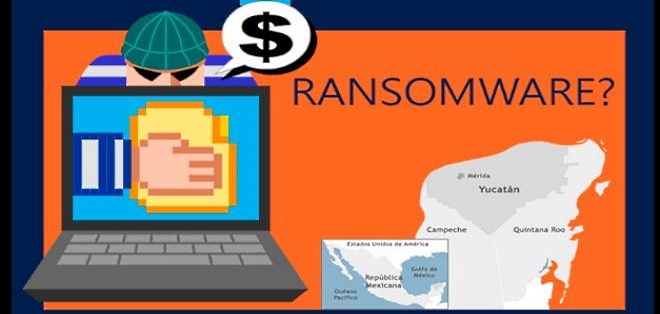
A few days ago saw the beginning of the Trojan encryptor WannaCry outbreak. It appears to be pandemic — a global epidemic. We counted more than 45,000 cases of the attack in just one day, but the true number is much higher.
Several large organizations reported an infection simultaneously. Among them were several British hospitals that had to suspend their operations. According to data released by third parties, WannaCry has infected more than 200,000 computers. The sheer number of infections is a big part of the reason it has drawn so much attention.
The largest number of attacks occurred in Russia, but Ukraine, India, and Taiwan have suffered much damage from WannaCry as well. In just the first day of the attack, we found WannaCry in 74 countries.
Generally, WannaCry comes in two parts. First, it’s an exploit whose purposes are infection and propagation. The second part is an encryptor that is downloaded to a computer after it has been infected.
The first part is the main difference between WannaCry and the majority of encryptors. To infect a computer with a common encryptor, a user has to make a mistake, for example by clicking a suspicious link, allowing Word to run a malicious macro, or downloading a suspicious attachment from an e-mail message. A system can be infected with WannaCry without the user doing anything.
Here are several pieces of advice on how to prevent infection and minimize damage.
- If you already have a Kaspersky Lab security solution installed on your system, then we recommend doing the following: Manually run a scan for critical areas, and if the solution detects MEM:Trojan.Win64.EquationDrug.gen (that is how our antivirus solutions detect WannaCry), remove it and reboot your system.
- If you’re a Kaspersky security user, keep System Watcher on. It’s essential to fight any new variants of the malware that might emerge.
- Install software updates. This case desperately calls for all Windows users to install the MS17-010 system security update. Microsoft even released it for systems that are no longer officially supported, such as Windows XP or Windows 2003. Seriously, install it right now; it’s very important.
- Create file backups on a regular basis and store the copies on storage devices that are not constantly connected to the computer. If you have a recent backup copy, then an encryptor infection is not a catastrophe; you can spend a few hours reinstalling the operating system and apps, then restore your files and move on. If you’re just too busy to handle a backup, take advantage of the backup feature built into Kaspersky Total Security, which can automate the process.
- Use a reliable antivirus. Kaspersky Internet Security can detect WannaCry both locally and during attempts to spread it over a network. Moreover, System Watcher, a built-in module, can roll back any unwanted changes, which means that it will prevent file encryption even for those malware versions that are not yet in antivirus databases.